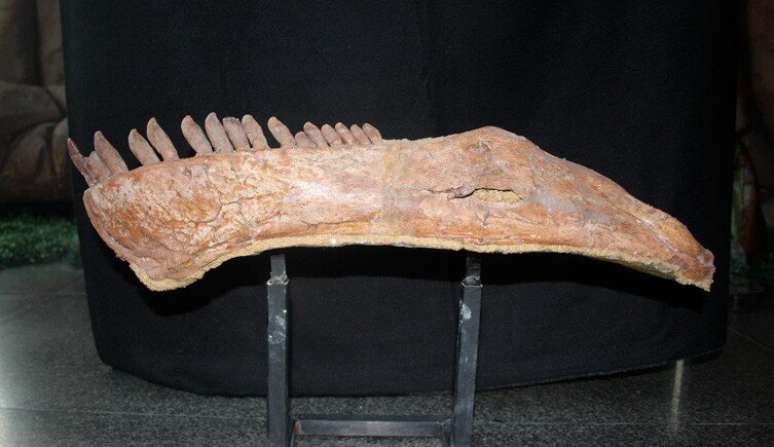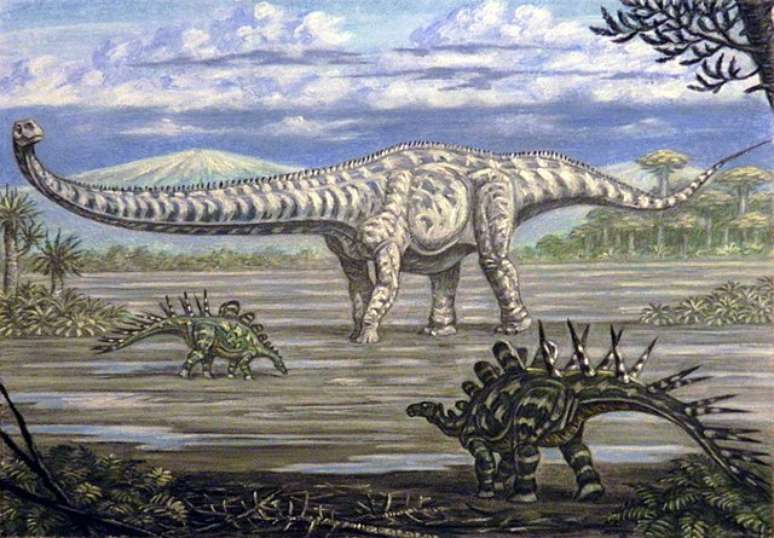Despite this record-breaking feature, Mamenchisaurus sinocanadorum is far from being the largest dinosaur ever discovered.
Research published in scientific journal Journal of Systematic Paleontology
states that although the large dinosaurs sauropods have long been known to science for their long necks, i Mamenchisaurus sinocanadorum they had this part of the body even more elongated, measuring 15.1 meters.
But despite this record-breaking feature, Mamenchisaurus sinocanadorum is anything but the largest dinosaur ever discovereddue to the relatively small tail and body.

long-necked dinosaurs
According to the teacher Paul BarrettDinosaur specialist Natural History Museum of the United Kingdom and one of the authors of the study, it seems that these necks probably had to do with enhanced feeding as in other sauropods, but they could have played more than one role.
In a statement, Barrett said it “may also have to do with sexual display or used for neck races between males fighting over mates and territory, similar to how giraffes behave today.”
Something that makes further study difficult is that only one specimen of Mamenchisauridae sinocanadorum has ever been found. The fossils were discovered in 1987, in the northwestern region of China.
It is an incomplete skeleton consisting of the anterior end of the neck, including a massive rib and some skull bones, and a lower jaw.
In recent analyses, paleontologists have used a computed tomography be able to compare the fossil with those of other sauropods. They were able to make the measurement by analyzing three of the specimen’s preserved vertebrae and then comparing them to the dinosaur bones look like.
Sauropod mystery
What remains open, according to the researchers, is how these dinosaurs managed to develop such long necks and giant bodies without collapsing under their own weight.
“It would take a lot of muscle to hold a neck that big, and then there’s the question of how it gets air into its lungs and back up again,” Barret said.
Now the team is working with other scientists in China to revisit the specimens and, using modern methods and new sauropod knowledge, learn more about these dinosaurs and how they traveled the world.
Source: Terra
Rose James is a Gossipify movie and series reviewer known for her in-depth analysis and unique perspective on the latest releases. With a background in film studies, she provides engaging and informative reviews, and keeps readers up to date with industry trends and emerging talents.






